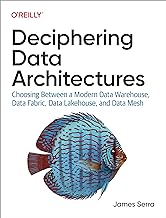Top 5 Power BI Common Pitfalls
What are some of the most common mistakes when working with Power BI? For example, when a junior colleague starts on a Power BI project for the first time, what are the pitfalls you try to warn them about? What advice would you give them?
2025-05-26



 B:
B:  C:
C: 